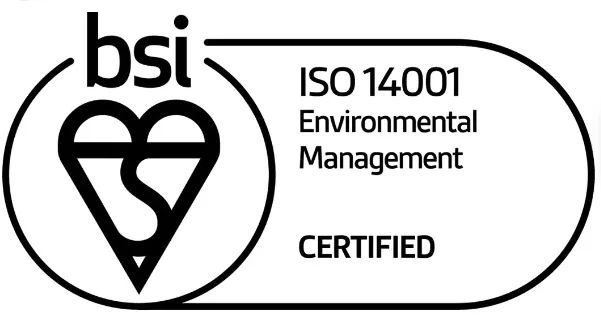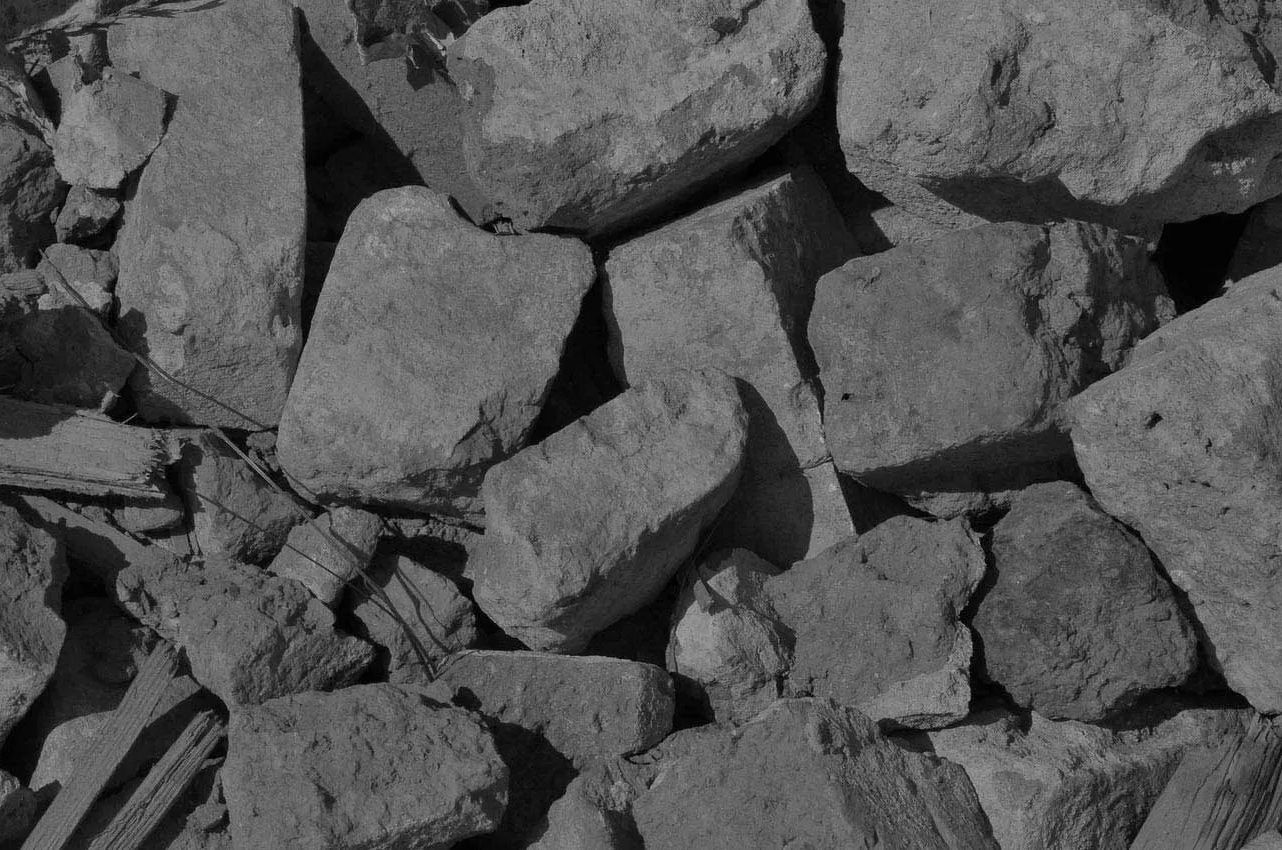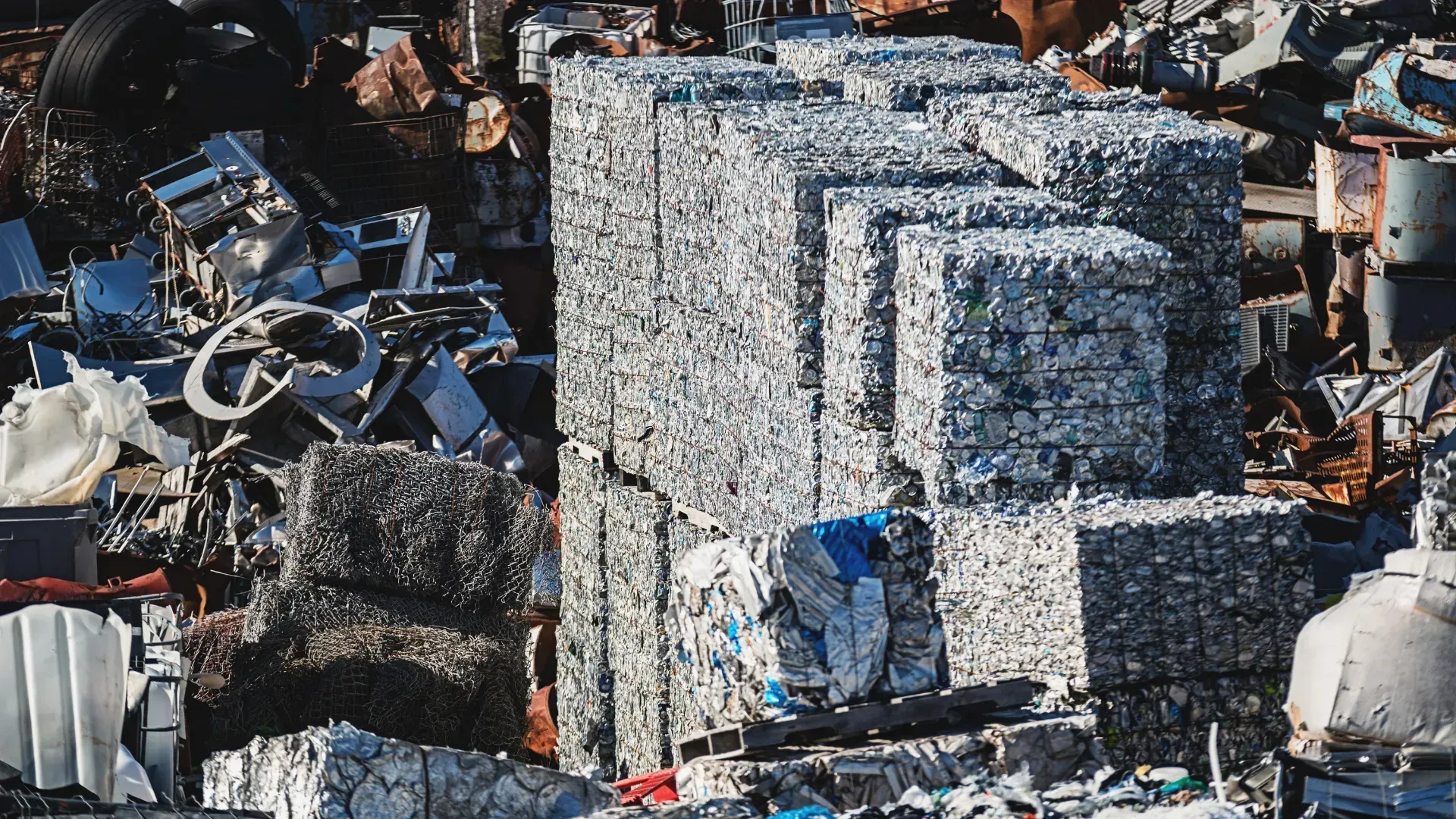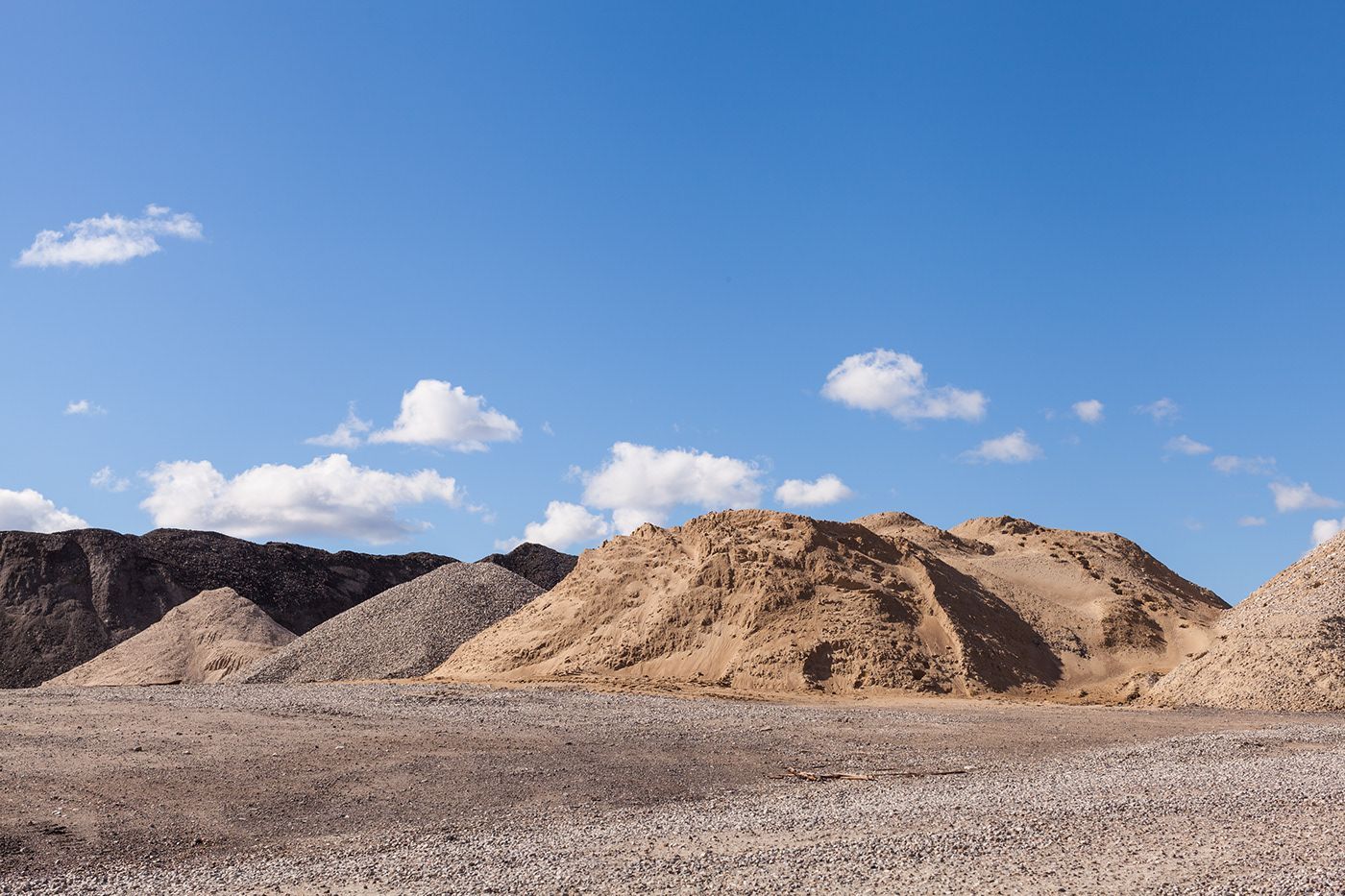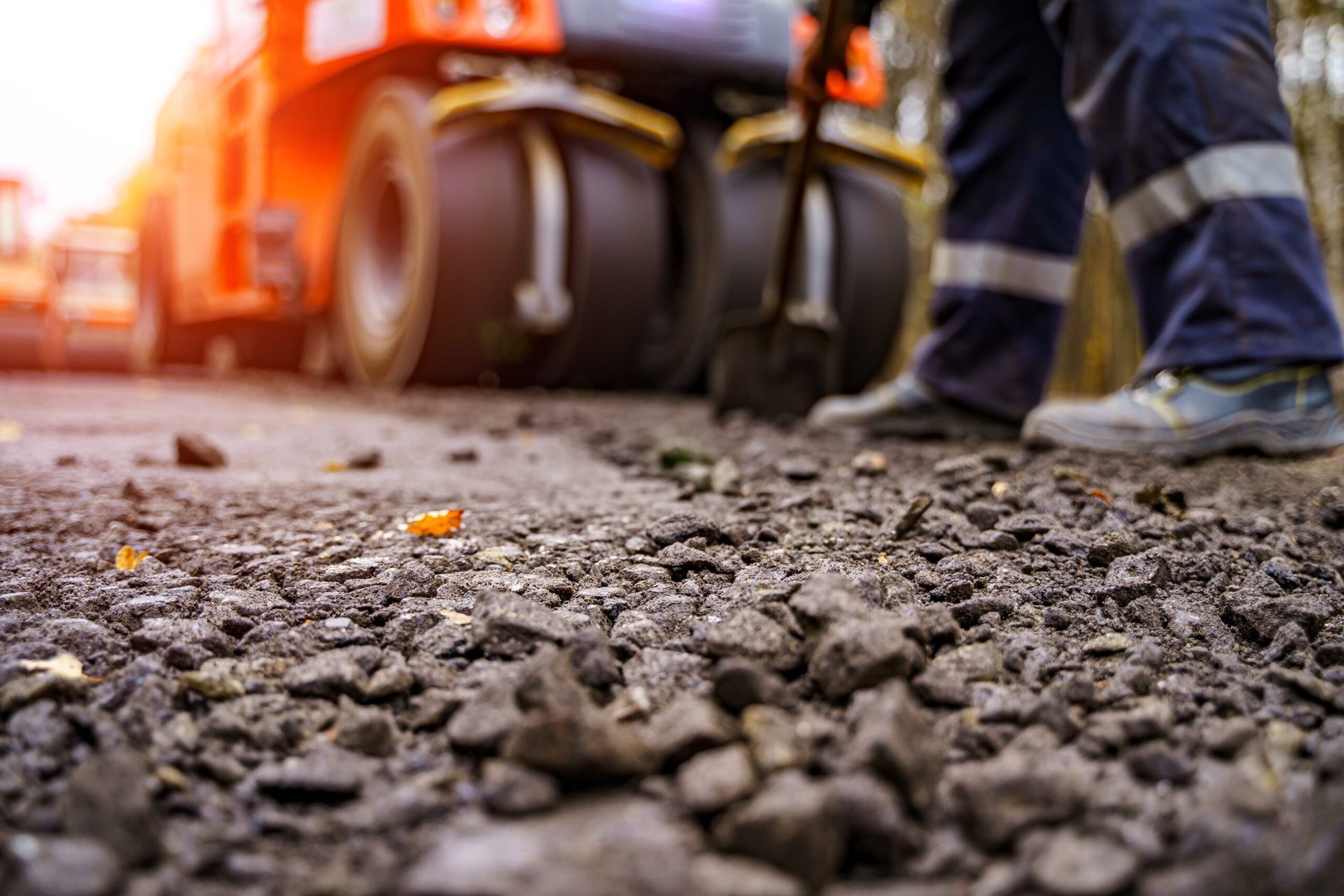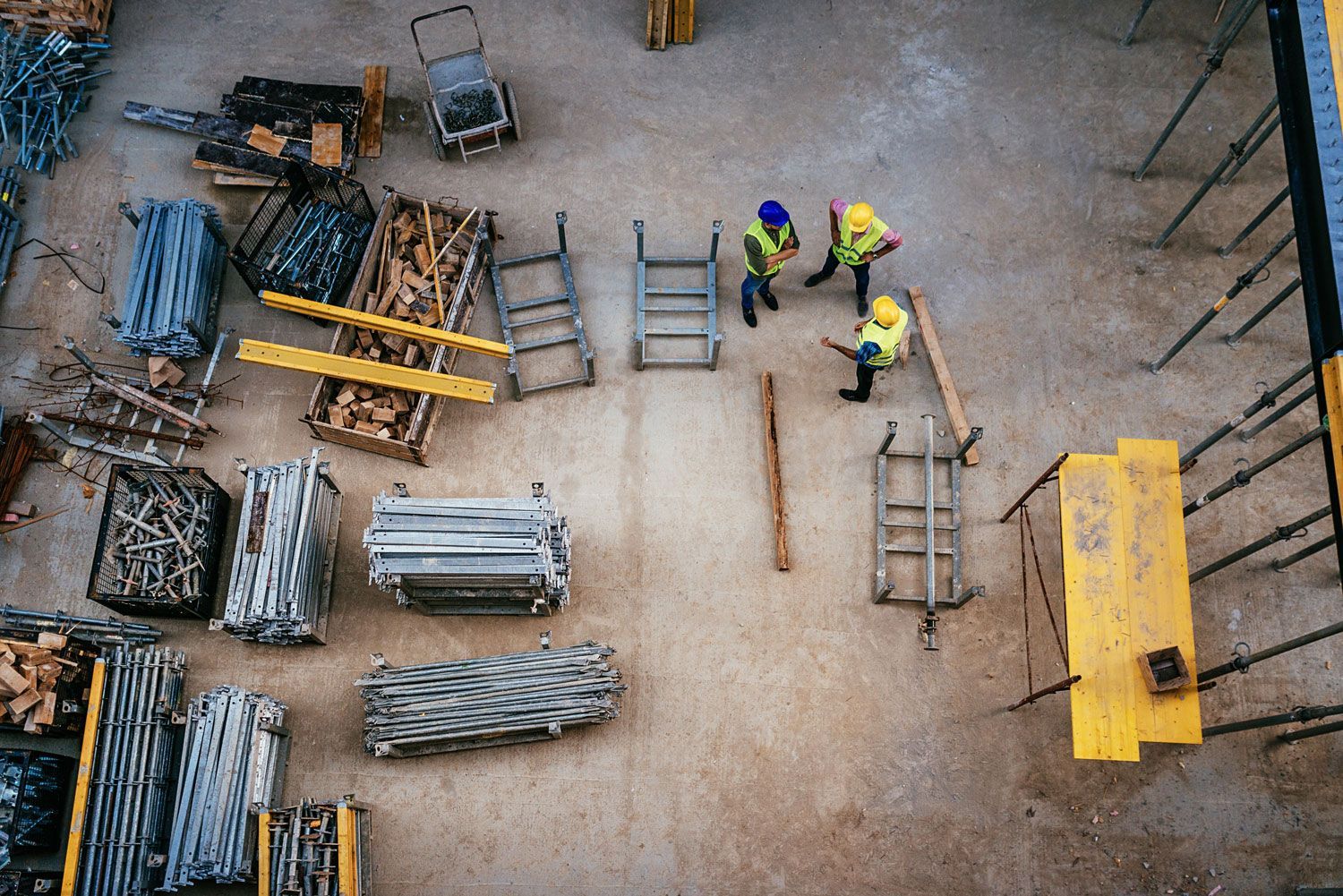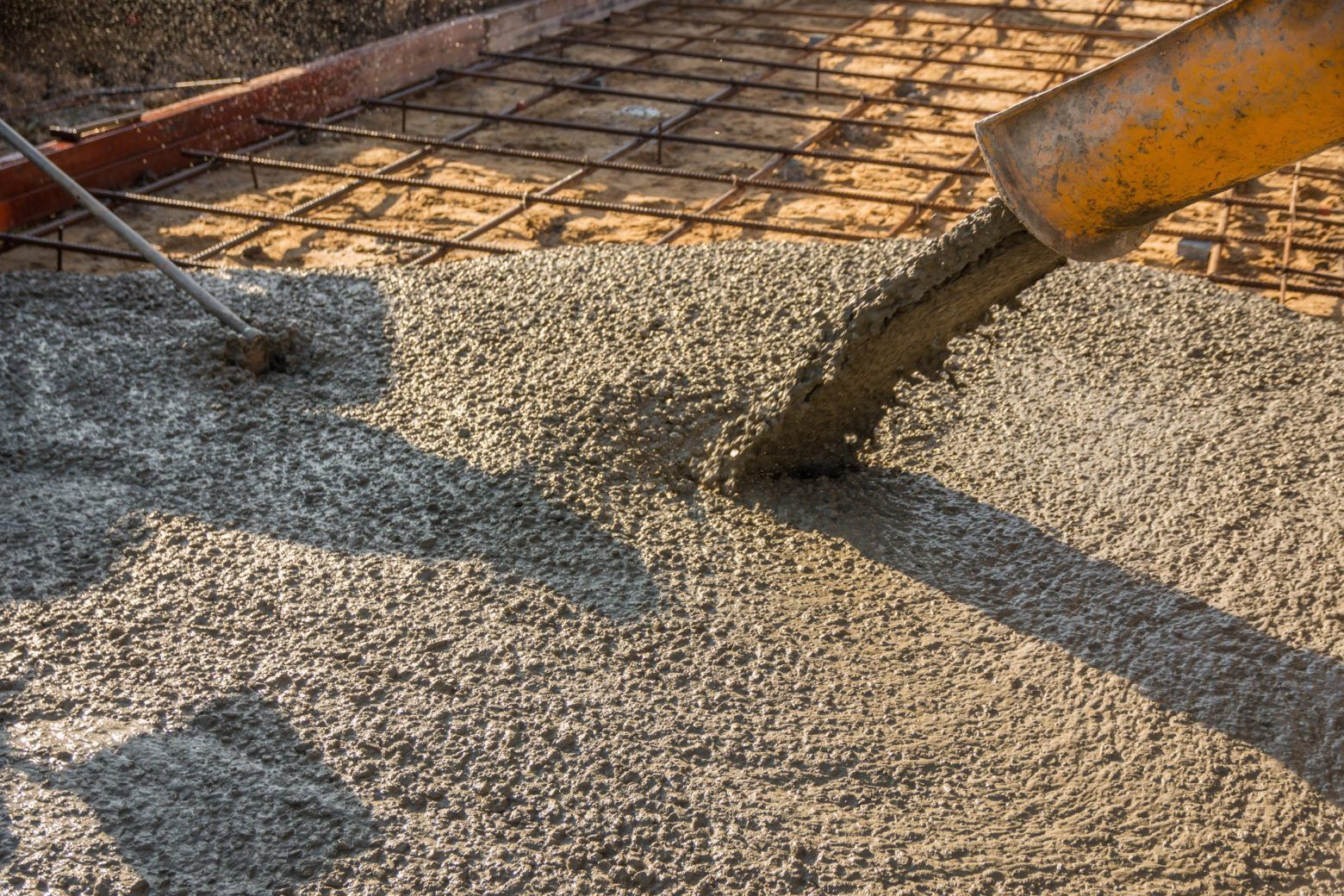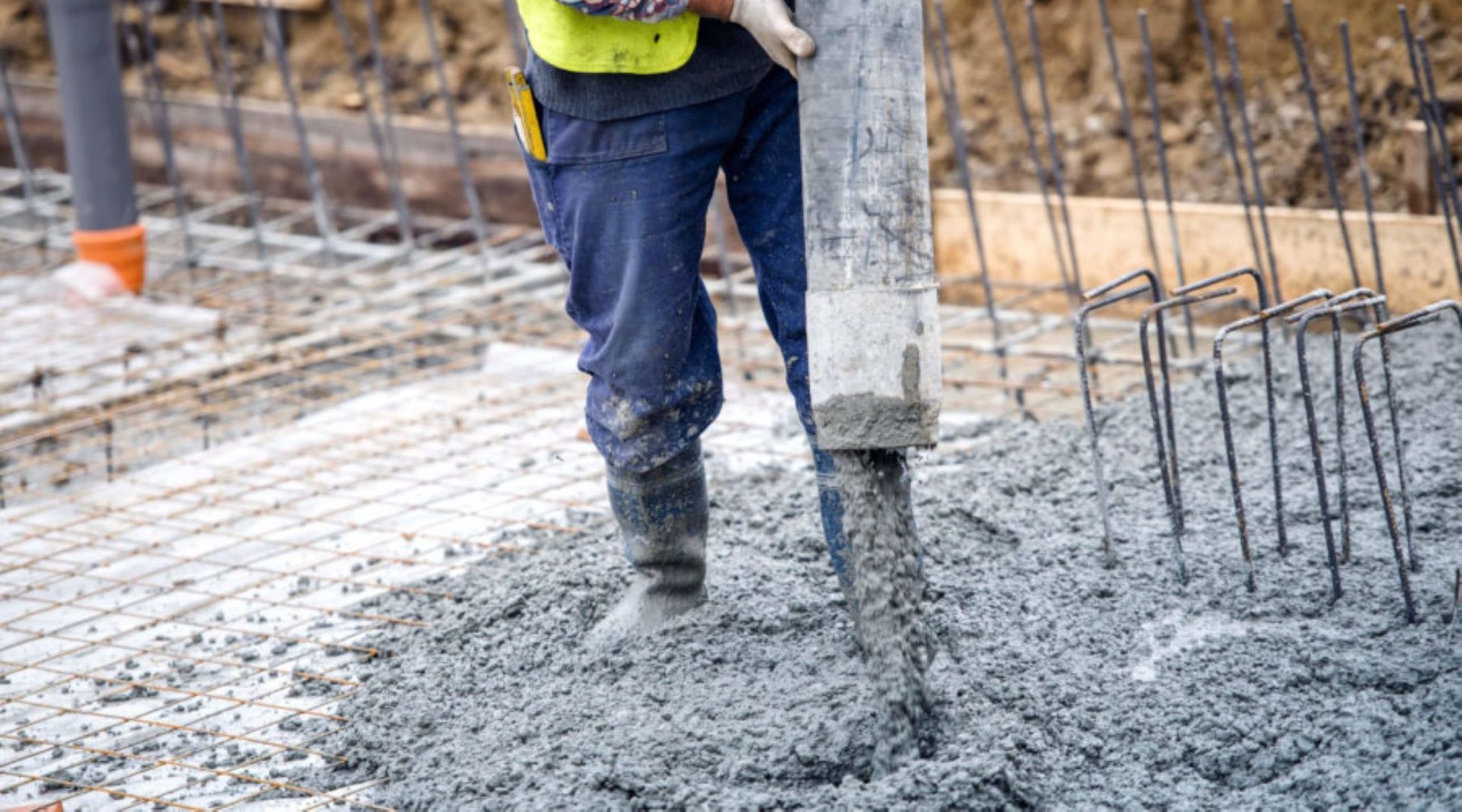What is Land Degradation and How Can We Help Avoid It?
Land degradation is a rising environmental issue that affects ecosystems and communities worldwide. Read on as we explore what land degradation entails, its causes, and most importantly, discuss practical steps we can take to prevent and reverse this destructive process.
What is land degradation?
Land degradation refers to the deterioration of the quality and productivity of land due to various factors, both natural and human-induced. It involves the degradation of soil, vegetation, and overall land resources, leading to a decline in ecosystem health and the ability of the land to support life.
Causes of land degradation
There are several natural and man-made factors that contribute to land degradation:
● Deforestation - clearing forests for agriculture, logging, or infrastructure development leads to the loss of vital vegetation cover, disrupting ecosystems and increasing soil erosion.
● Soil erosion - poor land management practices, such as overgrazing, improper irrigation, and intensive farming methods, can accelerate soil erosion, causing the loss of fertile topsoil.
● Pollution - the release of chemicals, pesticides, and industrial waste into the environment can contaminate soil, rendering it unsuitable for agriculture and harming biodiversity.
● Urbanisation - rapid urban expansion often results in the conversion of agricultural land into concrete jungles, leading to the loss of fertile soil and natural habitats.
How we can prevent it
There are certain things we can do to prevent the acceleration of land degradation. Here of the most important solutions:
Sustainable land management
Implementing sustainable agricultural practices, such as crop rotation, terracing, and agroforestry, helps to preserve soil fertility, minimise erosion, and maintain ecosystem balance.
Reforestation and afforestation
Planting trees and restoring forests can combat land degradation by preventing soil erosion, enhancing water retention, and promoting biodiversity.
Soil conservation
Adopting practices like contour ploughing, cover cropping, and mulching can reduce soil erosion, improve water infiltration, and protect the soil from degradation.
Water management
Implementing efficient irrigation techniques, such as drip irrigation and rainwater harvesting, helps conserve water resources and prevent excessive soil salinization.
Land-use planning
Promoting sustainable land-use planning and zoning regulations can prevent the conversion of valuable agricultural land into urban areas, ensuring the preservation of fertile soil.
Environmental education and awareness
Educating communities about the importance of sustainable land management practices, along with raising awareness about the consequences of land degradation, can foster a sense of responsibility and encourage collective action.
Improved waste management systems
This includes implementing proper waste segregation, recycling, and composting programs to reduce the amount of waste sent to landfills.
Here at William Thompson & Son, we’re working with the environment, not against it. From our own on-site recycling plant to our supply of recycled aggregates, we’re devoted to neutralising any negative environmental impact caused by quarrying. For more information on our eco-friendly recycling services,
contact us today.

